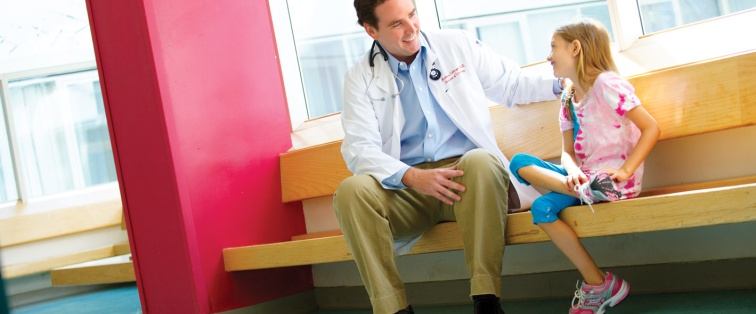Reducing Children’s Environmental Exposures: Counseling vs. Policy

Guest blogger: Sheela Sathyanarayana MD, MPH; Seattle Children's Research Institute, University of Washington Department of Pediatrics, Harborview Medical Center, US EPA Children's Health Protection Advisory Committee (CHPAC)
As a pediatric environmental health specialist, I often perform consults where a parent asks, “What can I do to protect my children from harmful environmental exposures?” Even though I have worked in this field for over 10 years, I am still perplexed by this question, mostly because I don’t know how to answer it.
This parent is speaking of environmental toxicants such as air pollutants, pesticides, endocrine disrupting chemicals, heavy metals, and any other chemical that could be harming their child. I can give a myriad of different answers depending on the individual family and child circumstances. There are the obvious players and those that are easy targets such as smoking or animal dander triggers in relation to asthma. Then, there are approximately 2,800 high volume use chemicals on the market and sound human and animal data on very few of these. Testing of chemicals can vary from FDA clinical trials to a battery of animal tests to determine toxicity to a variety of organ systems. What testing is performed depends on whether the chemical is being used as a drug or if it is a contaminant in food and what relative regulations exist. For chemicals used in everyday products such as furniture, electronics, and plastics, no testing is required. Therefore, I am left with the sad conclusion that we, as a society, don’t know the true health impacts of the vast majority of chemicals that we are exposed to because no mandated testing is required.
Most of the time, I start my counseling with a vague statement like, “this is the best knowledge that we have at the current time but we don’t know true health impacts...”. Both parties are left unsatisfied – me, feeling inadequate that I can’t give better and more comprehensive information and the parent feeling upset and sometimes dejected that we don’t know more information about chemical exposures and health impacts.
This stark reality aside, of the chemicals that have good toxicity data and have been shown to be toxic in both animal and human studies, we don’t know how to effectively reduce exposures. For example, if polychlorinated biphenyl (PCBs) are found in electronics, then removing the electronics or any product that contains them from the surrounding environment should reduce exposures. Superficially, it seems very logical. In reality, it may be that the main source of the chemical is dust that is embedded in carpet where kids are crawling and playing. Therefore, it is important not only to know the source of exposure but the route of exposure in order to begin to create interventions. Even then, just cleaning the carpet may not remove the chemical completely from the environment because the chemical may be particularly good at sticking to carpet fibers. We know even less about how to reduce exposures in children given that they have different sources and routes of exposure at different ages.
Policy change to require testing of all chemicals may be the only way to effectively reduce exposures. This would be the most definitive answer, but it will require persistence on the part of lawmakers. Currently, the European Union has the Regulation on Registration, Evaluation, Authorisation and Restriction of Chemicals legislation (REACH) that requires manufacturers to track chemicals through the supply chain and provide safety data. The American Academy of Pediatrics has put out a statement on chemical policy that urges adequate testing and safety before chemicals are put into the market. In April 2013, Senator Frank R. Lautenberg (D-NJ) and Senator Kirsten Gillibrand (D-NY) proposed the Safe Chemicals Act which requires safety evaluations for all chemicals in commerce. This bill has thus far not received enough support to pass. Until effective policy is in place, we must invest in research on how to effectively reduce exposures to the most harmful of chemicals. Environmental intervention studies are sorely lacking and may be the key to protecting our childhood population. This is the focus of my research as well as several others who recognize that this may be an effective means to reduce exposures and promote public health.

